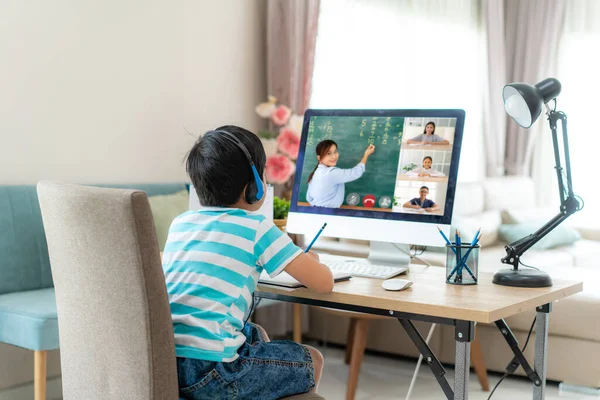As more institutions embrace online learning platforms, educators face the challenge of keeping students attentive, motivated, and actively participating in a virtual environment. To make online learning more interactive and productive, this article explores three steps to enhance virtual classroom engagement.
-
Establish a robust virtual presence
Establishing a solid online presence is the foundation of virtual classroom engagement. For students to remain engaged, educators must be able to connect through screens.
- Use video consistently – Always have your video on during class sessions. Maintaining students’ interest and participation requires connecting with them through the screen.
- Optimize your setup – Ensure proper lighting, a clean background, and good audio quality. A professional setup demonstrates your commitment to the virtual learning environment.
- Practice “Camera Presence” – Make eye contact by looking directly into the camera, use hand gestures, and vary your vocal tone to keep students engaged.
- Be energetic and enthusiastic – Your energy is contagious, even though a screen. Show enthusiasm for the subject matter to inspire interest in your students.
- Start with an icebreaker – Begin each session with a quick, engaging activity to set a positive tone and encourage participation from the outset.
Mastering these techniques will create a more engaging virtual classroom environment that captures and maintains student attention.

-
Leverage interactive tools and technologies
Utilizing the vast array of interactive tools and technologies effectively boosts virtual classroom engagement. These tools transform passive listeners into active participants, fostering a more dynamic learning experience. Practical tools for virtual classroom engagement,
- Virtual whiteboards – Platforms allow for collaborative brainstorming and visual explanations.
- Breakout rooms – Utilize breakout rooms for small group discussions or project work. It promotes peer-to-peer learning and collaboration.
- Chat features – Encourage students to use the chat feature for questions and comments or to share relevant resources.
- Screen sharing and annotation tools – Share your screen to guide students through complex topics and use annotation tools to highlight key points.
- Virtual hands-up and reaction buttons – Encourage students to use these features to indicate when they have questions or to provide quick feedback.
-
Design interactive and varied content
Engaging content is at the heart of virtual classroom engagement. You significantly increase student participation and retention by designing interactive, varied, and relevant lessons.
- Chunk information – Break lessons into smaller, digestible segments. This helps maintain focus and allows for more frequent interaction.
- Incorporate multimedia – Use a mix of text, images, videos, and audio to cater to different learning styles and maintain interest.
- Real-world applications – Connect lessons to real-life scenarios or current events to make the content more relevant and engaging.
- Student-led presentations – Assign topics for students to research and present to the class. This promotes active learning and peer-to-peer engagement.
- Gamification – Introduce game-like elements such as points, leaderboards, or badges to motivate participation and task completion.
- Virtual field trips – Use virtual reality or 360-degree videos to take students on immersive “field trips” related to the subject matter.
Enhancing virtual classroom engagement requires creativity, dedication, and adaptability. Regularly seek feedback from your students about what’s working and what could be improved. Stay updated on the latest virtual teaching techniques by attending webinars, participating in online teaching forums, and exploring resources on the original site of your learning management system or educational technology platforms.

